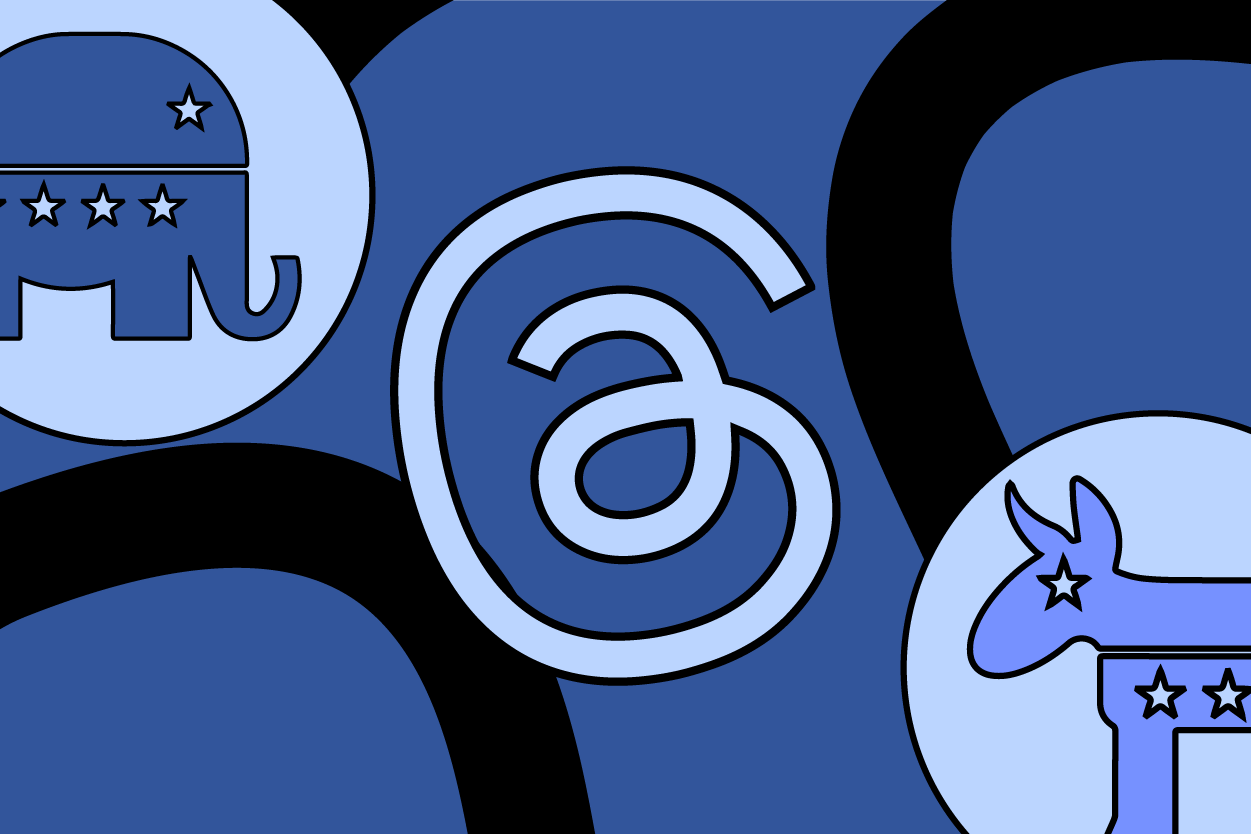February 14th is right around the corner and marks one of the first holidays of the year in which brands go heavy on the share themed marketing content. There are many ways to use the red and hearts vibe to promote your business, but we’re going to talk about one specifically: storytelling.
The power of storytelling
There are many methods you can use to encourage people to buy your product or use your service. Storytelling is one of the most powerful, however, even above sharing the cold hard facts of your brand.
Adding a narrative to your brand and product grabs your audience’s attention, inciting an almost immediate emotional investment. Storytelling in marketing is meant to help your customers instantly relate to your brand. Facts and figures are great (and needed!) but feelings immediately tell your customers what they are going to get out of your business.
Now, think of how we can leverage storytelling to bring forth one of the most powerful emotions there is — love.
Storytelling and Valentine’s Day
For Valentine’s Day of 2022, Gucci shared a limited-edition zine that depicted a love story between a giant and a fairy. Of course, each page featured Gucci’s clothes and accessories, dazzling customers with the fairy tale and gorgeous attire.
Of course, this is a more obvious example of storytelling. Your brand doesn’t need to create a literal story to invoke that emotional connection. The art of storytelling can simply involve creating a narrative that shows how your customer’s lives will be more positive with your product.
Other examples of Valentine’s Day storytelling:
- Pandora bracelets asked real couples and friends to share all the ways they show each other love (including Pandora charms).
- Stella Artois, a beer brand, created a short 15-second video following the growth of a couple’s relationship and the heartwarming role Stella played in their time together .
- No one can forget Match.com and their infamous “Match Made in Hell” campaign, which playfully tackled the hellish coupling of Satan and the year 2020.
Your turn
With all that in mind, it’s time to learn how you can use this strategy in your Valentine’s Day marketing. The most important part of storytelling is going in with a clear idea. More tips include:
- Be unique and feature your brand quickly: Storytelling is meant to grab your viewer’s attention, and that becomes even more important around Valentine’s Day when most companies are vying for those same eyes on their ads.
- You don’t just need to focus on love: Your product or service might not have to be too lovey-dovey. Think about how you can tap into the other emotions of the holiday — the awkwardness or nervousness of asking out a crush, or even bitterness towards an ex.
- Be relatable: An epic love story of the ages is great, but not not everybody gets an epic love story. Instead, talk about the little, more relatable moments involved in being in love.
- Show, don’t tell: Visuals are the most important way to build that emotional connection. Simply stating facts (even the really good ones) just won’t cut it. You can also use anecdotes from real customers.
- Follow the rules of storytelling, but simpler: Think of a movie or book. We have a protagonist we can get behind, a problem, a solution to that problem (your brand), and then a happy resolution. Now, books and movies have plot twists and side narratives. But for a marketing campaign, you just need to focus on the core elements of storytelling.
Use these to create the best Valentine’s storytelling campaign!



